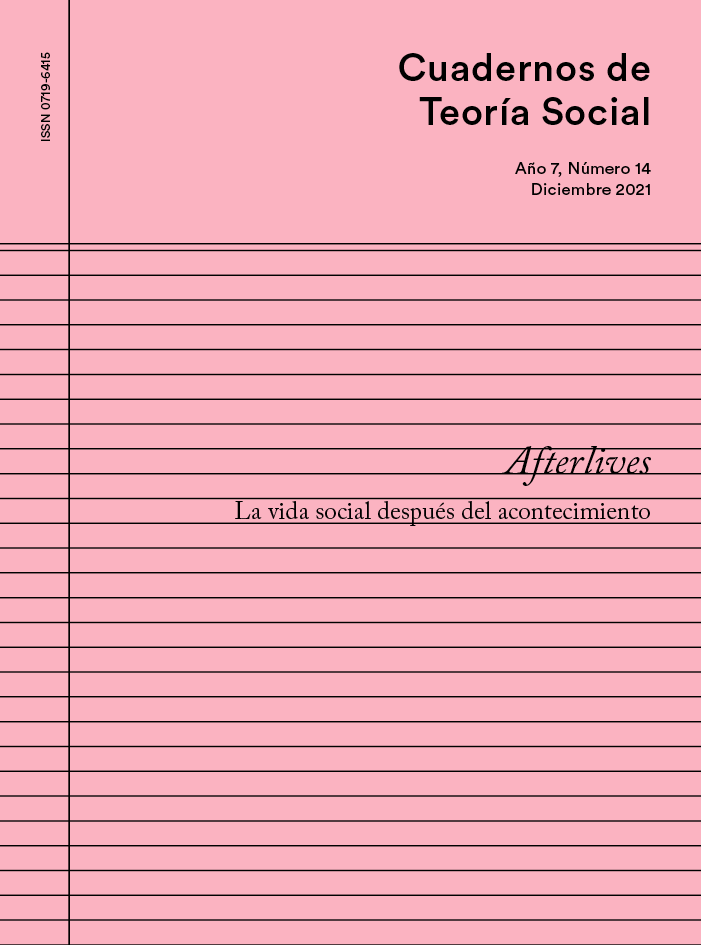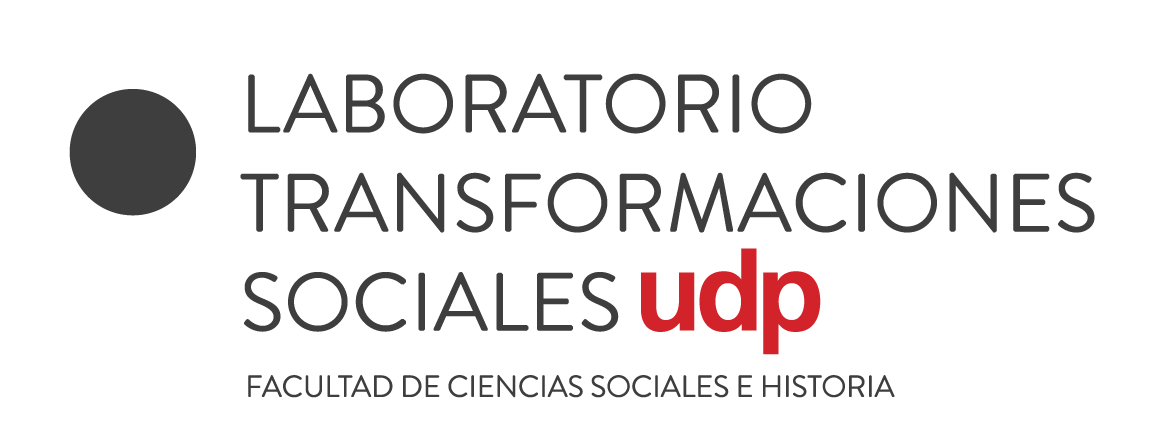Rubbish doesn't go to heaven: Technology, daydreaming and the day after
DOI:
https://doi.org/10.32995/0719-64232021v7n14-120Keywords:
Afterlife, E-waste, Babel, Consumption, PollutionAbstract
For decades, we have lived with electronic equipment that has promised and provided us with fantasies, connections, and emotions in such a way that it has become part of our daily lives. Such technology, however, with its promise of connectivity, modernity, development, and multi-functionality, has been part of industrial processes that, from their logic, have had an end point and a blind spot. The end point has been the point where this technology, developed in capitalist logics and from marketing strategies, finally falls into our hands. The blind spot is what happens once the use of such technology, and in an increasingly accelerated manner, falls into disuse, is replaced, and goes to waste. This article reflects, based on the sculptural work Babel, by the artist Cildo Meireles, on that journey: where do the old radios that accompanied us in the house, the computer that we stopped using, go? These questions are asked out of nostalgia for the material things we embrace, but also out of awareness of their volume, weight, their pollu-tion footprint, and the global inequalities contained in the horrible grimace of the technological afterlife.
Downloads
Published
How to Cite
Issue
Section
License
Copyright (c) 2022 Jorge Saavedra Utman

This work is licensed under a Creative Commons Attribution-NoDerivatives 4.0 International License.

Este obra está bajo una licencia de Creative Commons Reconocimiento-NoComercial-CompartirIgual 4.0 Internacional.



